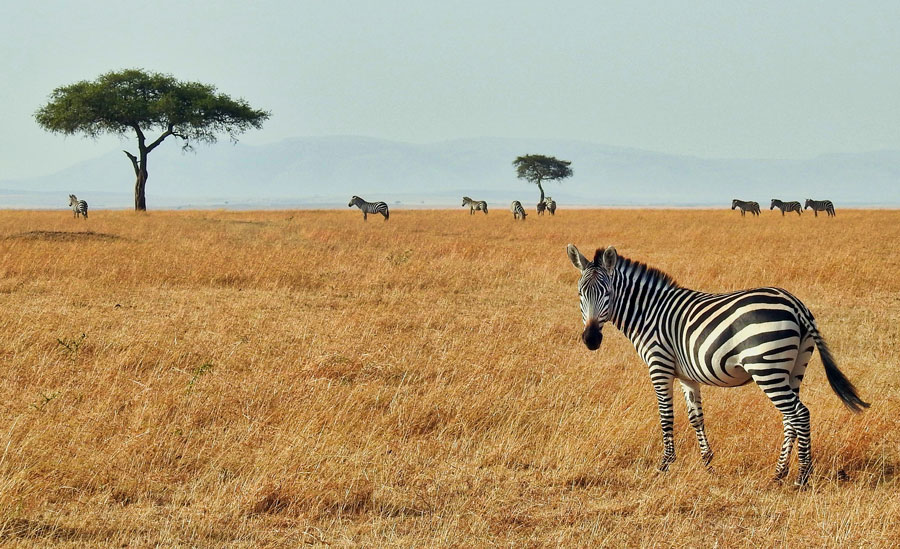
Quick: how many animals can you name in a minute?
Done?
OK, now think about how many of those animals have you seen, in real life, in the past year. Not many, right?
Most of us live in a world devoid of wild animals, apart from maybe a few species like squirrels or raccoons. This means that we have few opportunities to compare our mental map — the idea of an animal that we carry around in our heads — against the real thing. And that means that sometimes, those mental maps can be off to a surprising degree.
This came up recently for me when I was thinking about what a strange animal a mule is. A mule is the offspring of a horse and a donkey, but because the two parent animals have different numbers of chromosomes, mules themselves cannot reproduce. As Susan Orlean wrote in an excellent New Yorker article from 2010: “Every mule, then, is sui generis; it leaves no legacy beyond itself, no radiating gene pool to mark its visit to this world . . . mules are essentially man-made.”
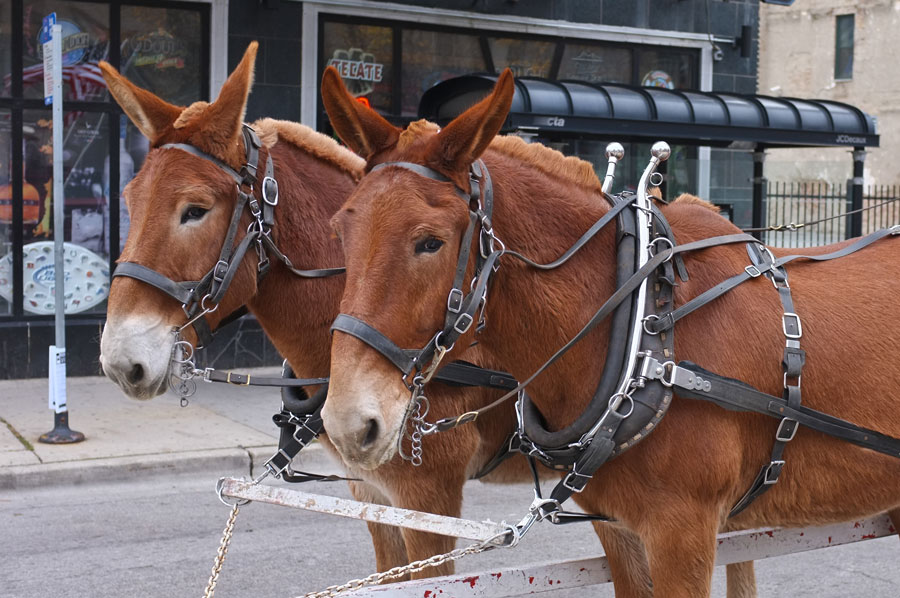
Because mules are artificial, they are also rare. Growing up on a farm, I encountered plenty of horses and donkeys, but I don’t think I have ever actually seen a mule. My mental map of mules is pretty incomplete: I’m not sure how much horse and how much donkey to mix together.
Come to think of it, there are things about horses and donkeys that I don’t quite understand either. While they are two separate species, they are still similar enough to produce some kind of offspring, albeit one that is more or less an evolutionary dead end. This is very different from other similar pairs of animals, like squirrels and chipmunks.
It must be the case that in the relatively recent past, there was a kind of proto-horse-donkey animal. At some point, two groups of these creatures must have become separated, and remained that way for long enough to evolve along different — if somewhat parallel — tracks, before being brought back together again. But where? And when?
Both horses and donkeys are mentioned in the Bible, which gave me the (incorrect) impression that both were native to the Middle East, like camels. The truth, it turns out, is that the wild ancestor of the horse (represented by the endangered Przewalski’s horse) is native to Asia, while the wild ancestor of the donkey (the even more highly endangered African wild ass) is native to Africa. They never had a chance to mix until humans brought them together.
Which brings me to zebras. Unlike mules, I have actually seen a real, live zebra once or twice in my life. Yet I still thought of them as basically the same as horses, just with black and white stripes. But if both donkeys and zebras come from Africa, they must be more like each other than either is like horses.
With this realization, my mental map changed. Zebras became less like stripy horses and more like stripy donkeys: smaller, noisier and more obstinate.
(Side note for sticklers: while donkeys and zebras probably had a common ancestor more recently than donkeys and horses, it may not be true to say that they are more closely related. Zebras and donkeys also have different numbers of chromosomes, so zonkeys (which exist) are just as much of a dead end as mules, or for that matter, zorses (which also exist). In fact, the number of chromosomes can vary between different zebra species, so even considering Grévy’s zebras to be the same thing as plains zebras is wrong — yet another failure of my mental map.)
Once I realized that my mental map of mules and zebras was wrong, I started coming up with other examples. Here are three:
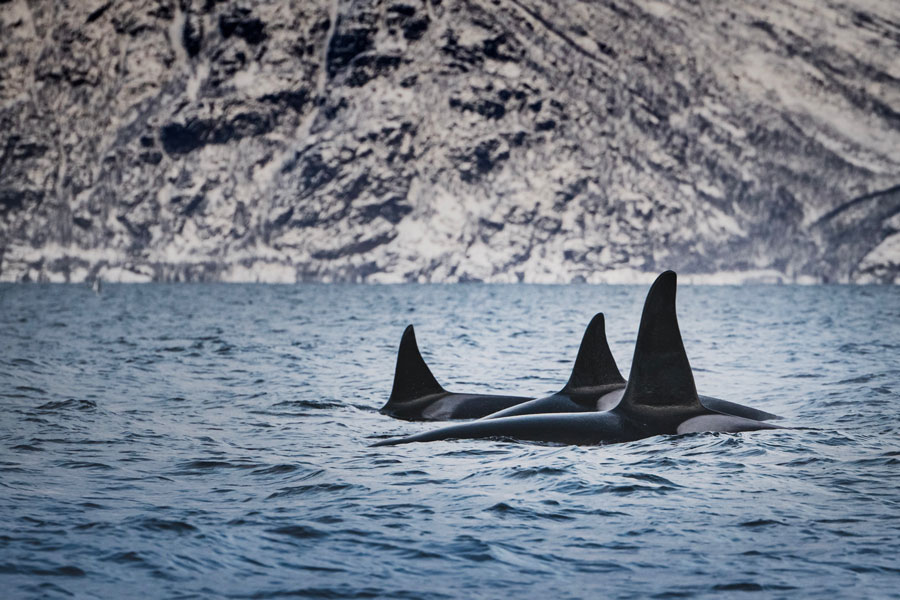
Animal: Orca (formerly “killer whale”)
What I thought it was: A whale.
What it actually is: A giant dolphin.
The term “killer whale,” which is decreasing in popularity, is actually a corruption of the earlier term “whale killer,” which makes sense as orcas are known to prey upon actual whales. But orcas themselves are simply the largest of about 30 different species in the family known as Delphinidae, which mostly includes dolphins but also a few other things that have the word “whale” in their name, despite not really being whales. These include pilot whales and something called the false killer whale, which to me looks a lot more like a dolphin than an orca.
In fact, false killer whales can hybridize with common bottlenose dolphins to create something that is known, delightfully, as a wholphin. Porpoises, belugas and narwhals are a bit more distantly related and lie outside the Delphinidae, but you can still see the resemblance, as they have teeth, whereas almost all true whales have baleen instead (sperm whales being the exception). Narwhals-beluga hybrids, known as narlugas, have also been reported.
Finally, there is an animal known as the skunk dolphin which is smaller than the bottlenose, but has a similar black-and-white colouring to the orca. If this animal were more well-known, we might have less difficulty thinking of an orca as a dolphin, rather than a whale.
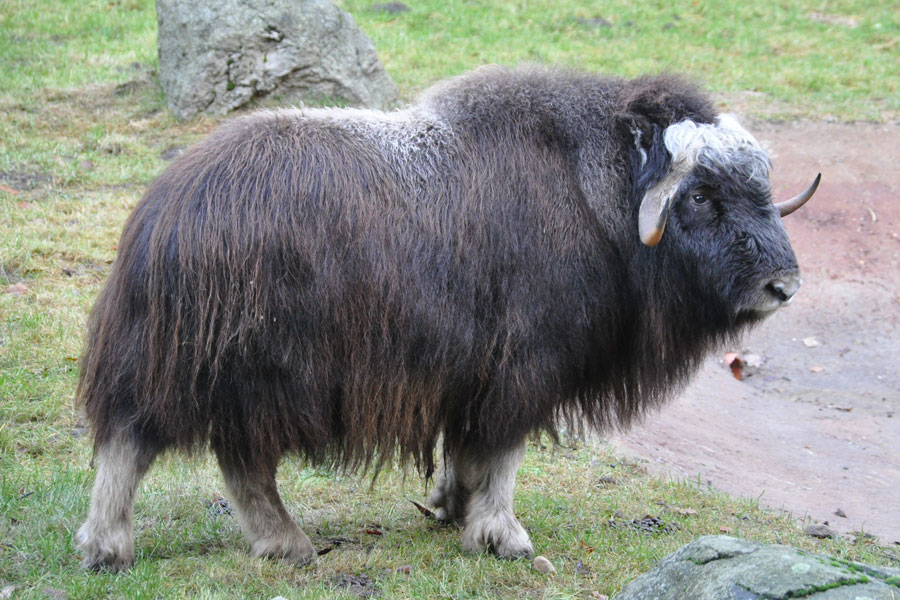
Animal: Muskox
What I thought it was: A small, cold-adapted cow.
What it actually is: A large, cold-adapted goat.
Ok, it’s not actually a goat, but it’s a lot closer to being a goat or a sheep than it is to being an ox. I was made aware of this when I came upon a stuffed muskox at the Prince of Wales Northern Heritage Centre in Yellowknife, NT. Its eyes — which I recognize were made of glass — had the same creepy rectangular pupils seen in goats. And once I saw that, there was lots about the shape of the face that seemed more ovine than bovine.
Muskox are actually placed in their own genus within the sheep-goat-cow-deer-antelope family. Their closest relatives appear to be gorals, an Asian animal that looks a heck of a lot like a goat to me. There is also something called the takin, which seems to be a kind of Himalayan equivalent of a muskox, but the resemblance is thought to be a result of convergent evolution.
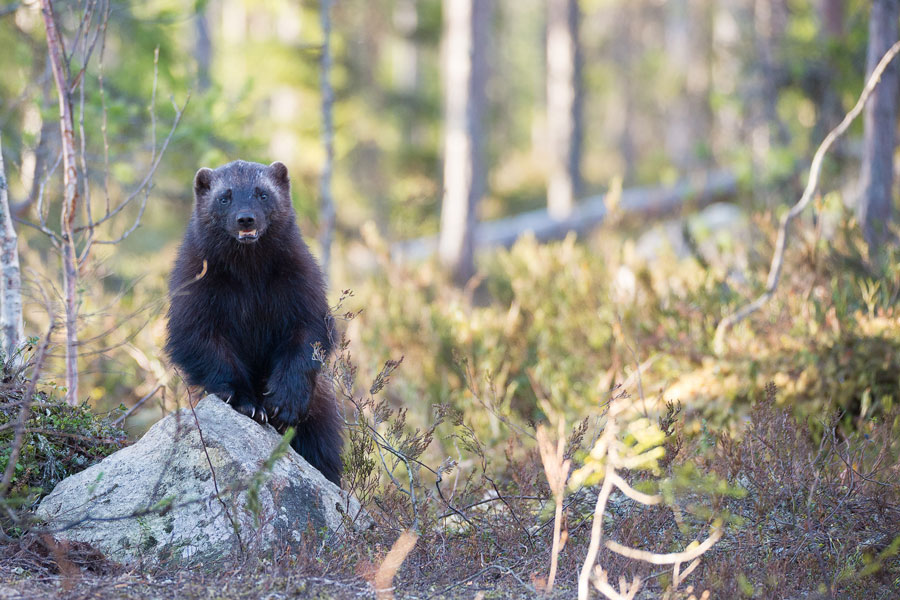
Animal: Wolverine
What I thought it was: Something majestic and possibly wolf-like.
What it actually is: A fat, smelly weasel.
The name wolverine is cool enough to have been adopted by a superhero, but the animal itself becomes a lot less cool when you realize that it is also known as the skunk bear. The name comes from its pungent anal glands, which it uses to mark territory and attract mates.
Wolverines are one of the largest of the mustelids, a group that includes weasels, ferrets, badgers and otters (only the sea otter is larger). They are strong enough to crush moose bones, which I guess is pretty cool, but they tend to scavenge food that other animals have killed more often than killing it themselves, which can’t be very helpful in the smell department.
The opposite of the wolverine is the fisher: a mustelid with a boring-sounding name that is actually pretty cool. More catlike, with sleek coats and retractable claws, fishers are among the few animals that can successfully prey on porcupines. Their call sounds almost exactly like a woman screaming, which is also cool, if a little terrifying. The fisher is a lot closer to what I previously imagined a wolverine to be than the actual wolverine.
* * *
I’m sure you can think of a few examples of your own. My point is that most of the time, we don’t actually live in the real world, but rather a imaginary model of it that we construct and re-construct every day. The model is always going to be a least a little inaccurate, but the experience of finding and correcting those inaccuracies need not be embarrassing or tedious — in fact it can be a lot of fun.
Want to try it yourself? Here are a few questions that have sent me down some pretty entertaining rabbit-holes:
– What is the wild ancestor of the chicken?
– Google the following animals: kiwi, sao la, saiga, pangolin.
– Read Unseen City by Nathanael Johnson. Or Google “pigeon milk.”
– Pterosaurs, bats, insects and birds can all fly, but they aren’t related to each other. This means that the ability to fly has evolved independently at least four times. Are there other qualities that fall in this category? Could dinosaurs have had trunks?
Enjoy!
1 Comment
Now I have so many more questions! I thought a muskox was a smaller version of a buffalo and then there are the hyenas, wolves and coyotes etc.